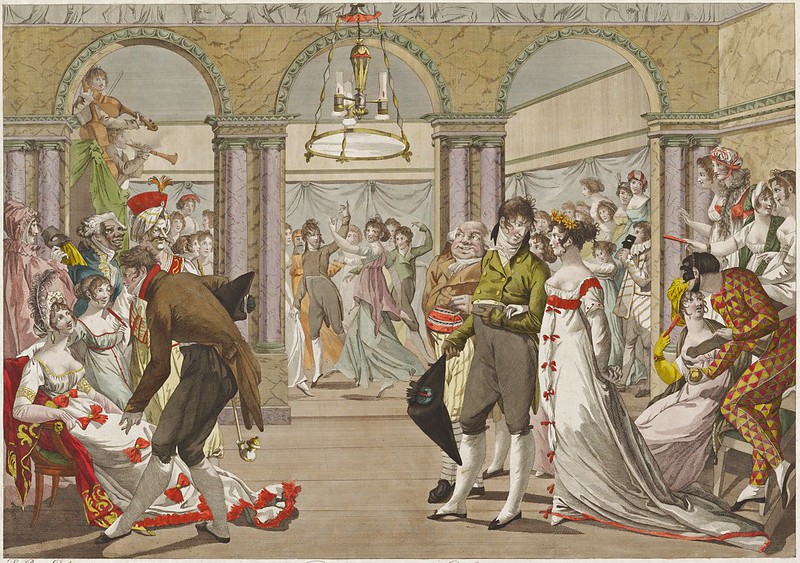John Marsh (1752-1828) - Symphony in B-flat Major, No.1 (1781)
Performers: The Chichester Concert; Ian Graham-Jones (conductor)
Further info: John Marsh (1752-1828) - Symphonies
---
English composer and writer. Despite his showing an early interest in
music, his father, a Royal Naval captain, denied him a musical education
during his school years at Greenwich Academy, intending that he too
should follow a naval career. In 1768, however, he persuaded his father
to allow him to undertake legal training and he was articled to a
solicitor in Romsey. During the two years before leaving home in
Gosport, then his father's station, Marsh took up the violin, studying
with Wafer, the organist of Gosport Chapel. This was his only formal
musical training, but enabled him to become sufficiently proficient to
join in the subscription concerts in Portsmouth and Gosport. In Romsey
he applied himself as assiduously to music as to law, teaching himself
to play the spinet, viola (which became a particular favourite), cello,
oboe and organ. These were also the years of his first retained
compositions, works written specifically for a series of subscription
concerts he founded in the town. Following the completion of his
clerkship in 1773, Marsh set up practice in Romsey and the following
year married Elizabeth Brown, the daughter of a Salisbury doctor. In
1776 he moved to a partnership in Salisbury, where he took up residence
in a house near Close Gate. During the seven years that he lived in
Salisbury, Marsh played an active role in the city's thriving musical
life: he was a violinist at the subscription concert series, of which he
became leader in 1780, a member of the Catch Club and an occasional
substitute organist at cathedral services. He had by now become a
prolific composer; a number of his symphonies had been introduced both
at the subscription concerts and at the annual Salisbury Festival.
In 1783, having inherited an estate in Kent, Marsh abandoned his career
as a practising lawyer and moved with his family to Nethersole House,
some ten miles from Canterbury. He was immediately offered the
directorship of the ailing Canterbury Concert, which he set about
reorganizing with characteristic energy, soon transforming the Concert
into a successful organization. Marsh recognised that he could
ill-afford the upkeep of a large estate and within two years was again
making plans to move. Following a short period at a prebendial house in
the precincts of Canterbury Cathedral, the family moved to Chichester in
the spring of 1787. The house in North Pallant (no longer standing)
that Marsh bought from the poet William Hayley was to remain his home
for the remaining 40 years of his life. As at Canterbury, his arrival
coincided with a period when local concert life was at a low ebb and
Marsh was again given the challenge of reviving the subscription
concerts as manager and leader. His success ensured that Chichester
enjoyed a thriving concert life until 1813, when he retired from concert
leadership. Although he never lost interest in music, the last 15 years
of his life were mainly devoted to his family and extensive travels,
during which he frequently managed to take in one or more of the
provincial music festivals. Active and in good health until the final
months of his life, Marsh died at his home after a short illness and was
buried a week later at All Saints, West Pallant.

















